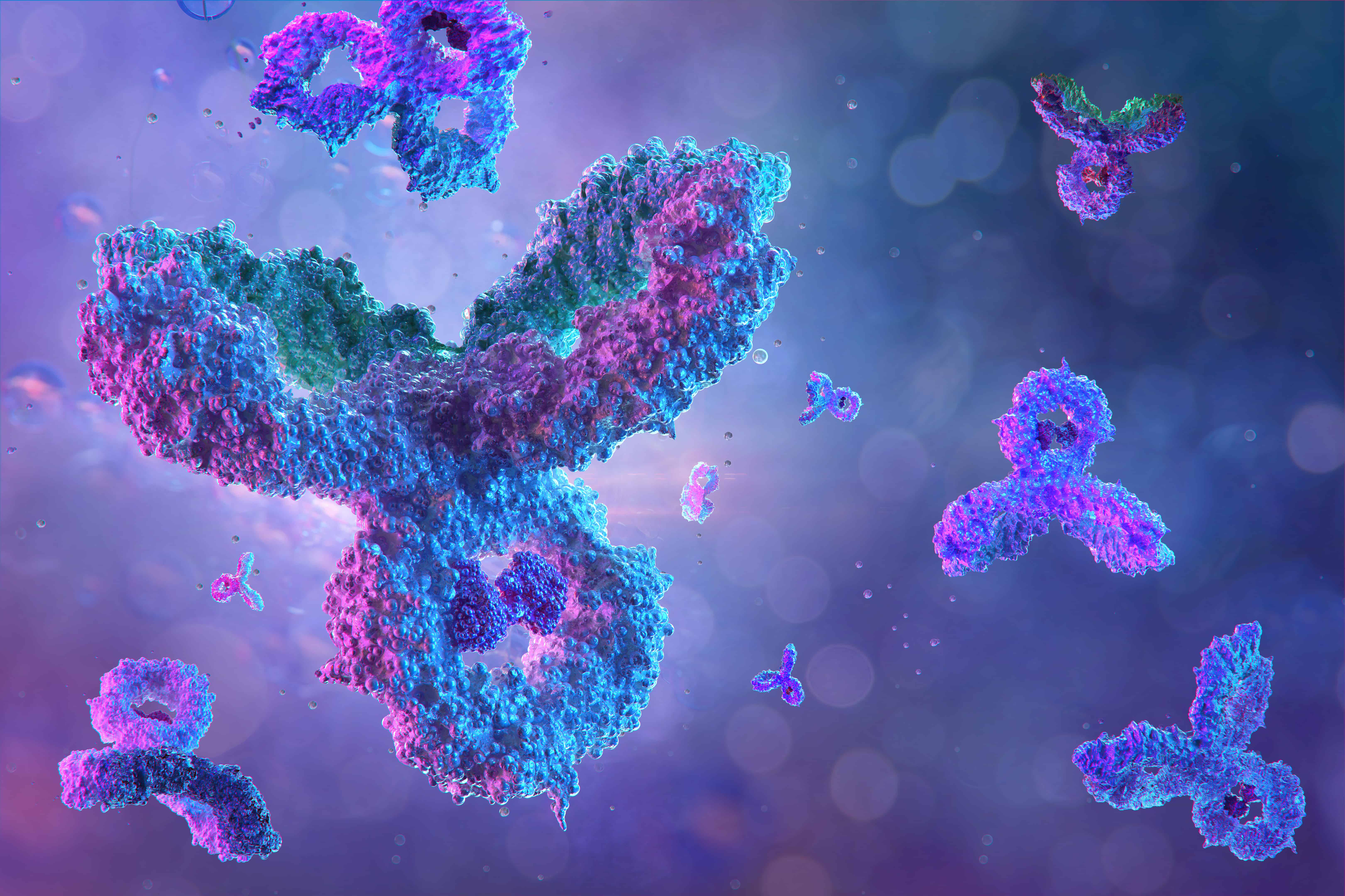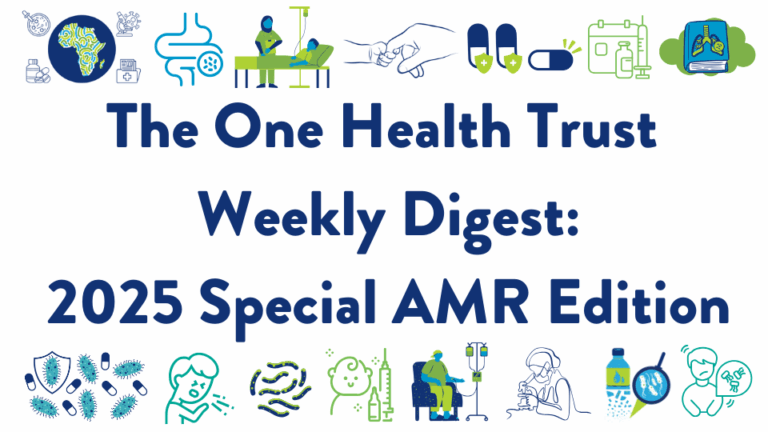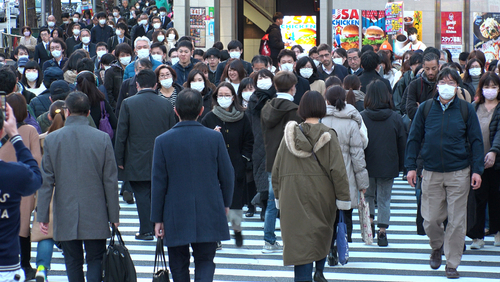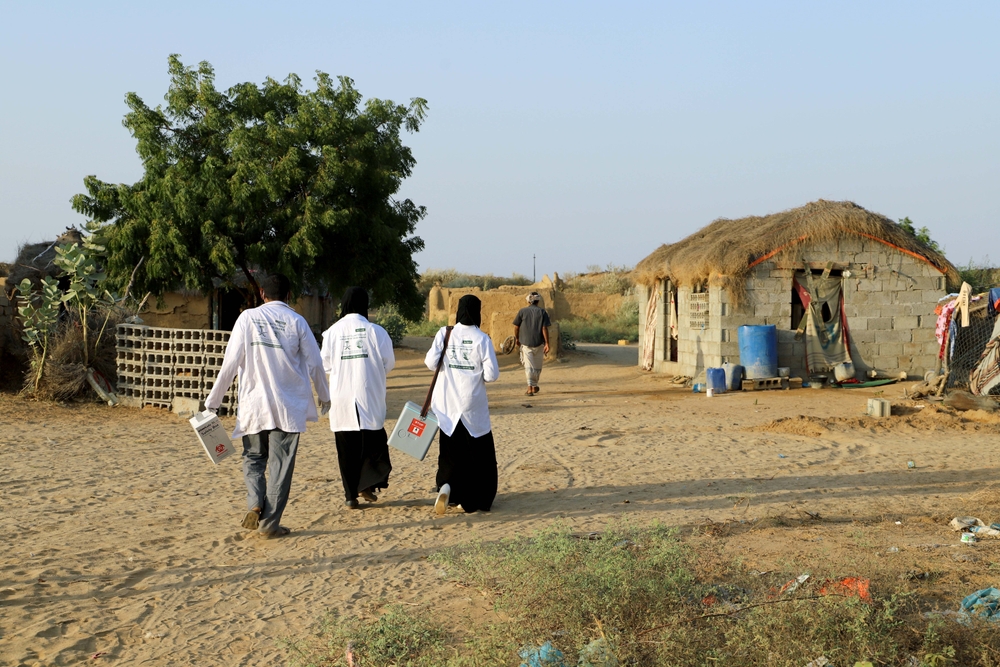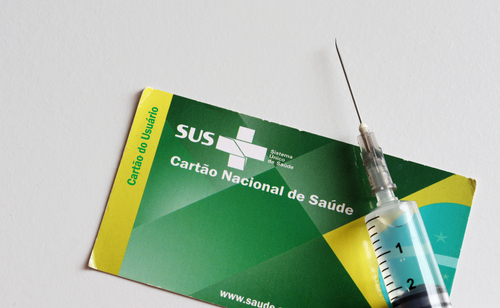November 02, 2020
COVID-19
Declining of neutralizing antibody responses in the three months following SARS-CoV-2 infection. Researchers in the UK monitored neutralizing antibody responses in 65 individuals with SARS-CoV-2 infection displaying the full breadth of COVID-19 severity, from asymptomatic infection to severe respiratory failure. In sequential serum samples collected from day 8 and up to day 94 after symptom onset, seroconversion (immunoglobulin IgM, IgA, IgG) and neutralizing antibody responses to SARS-CoV-2 were detected in more than 95% of cases. Levels of neutralizing antibodies declined after an initial peak (3–4 weeks post-infection), which varied in magnitude depending on disease severity; for those who developed a low neutralizing antibody response (ID50 100–300), titers returned to baseline over a relatively short period, whereas those who developed a robust neutralizing antibody response maintained titers>1,000 despite the initial decline. The authors concluded that further studies on the kinetics of neutralizing antibody responses after SARS-CoV-2 infection would be necessary to understand the role they might play in disease clearance and protection from reinfection and disease. [Nature]
Adoption of strategies to mitigate transmission of COVID-19 during a statewide primary election — Delaware, September 2020. To assess knowledge and adoption of CDC published interim guidance, the Delaware Department of Health and Social Services and the Delaware State Election Commission surveyed poll workers of the primary election in September. Questions focused on hygiene supplies, polling location setup, training received, and the behavior of poll workers and voters. Of the 522 respondents (median age 59 years), 93% reported the availability of hand sanitizer, but 14% stated it ran out by the end of the day in their location. Nearly all respondents reported mask use by poll workers and voters; however, 19 (4%) reported interacting with an ill voter, none reported wearing all PPE (mask, face shield, gown, and gloves) as recommended by CDC guidance. Seventy-two percent reported close contact (within 6 feet) with >100 persons. Survey responses demonstrated the feasibility of implementing CDC guidance and highlighted gaps in prevention measures, including ensuring physical distance and training for poll workers interacting with ill voters. [MMWR]
The engines of SARS-CoV-2 spread. In a review in Science, a team of Johns Hopkins University researchers evaluated current knowledge regarding the transmission of SARS-CoV-2 and found that household and residential facility transmission accounted for an estimated 46-66% of overall transmission. Overdispersion in transmission, with a large number of people infecting no one but a few responsible for many infections, was substantial, with an estimated 10% of cases causing 80% of infections. The findings have important policy implications, as restrictions on superspreading settings may be more effective than general restrictions. Additionally, because so much transmission occurs within the household, measures that offer even modest protection from household spread may be effective in slowing the spread of the virus. [Science]
On the effect of age on the transmission of SARS-CoV-2 in households, schools, and the community. In a literature review of published studies and data on detection of SARS-CoV-2 infection in contacts of COVID-19 cases, investigators estimated the effect of age on transmission in different settings. Susceptibility to infection was estimated to be lowest for children under 10 and highest for adults over 60. Additionally, serological studies suggested that younger adults (particularly those under 35) often had a high cumulative incidence of SARS-CoV-2 infection in the community. With regards to transmission in schools (in settings with limited control measures), transmission was estimated to be higher in secondary/high schools than in primary schools, with class size possibly affecting the spread. The findings emphasized the need for the establishment of mitigation measures when opening schools, particularly in secondary/high schools. Additionally, social distancing among younger adults was deemed necessary in order to limit the spread of the epidemic in the community. [The Journal of Infectious Diseases]
Language matters in a pandemic. Nature Microbiology editors called on authors and readers to be mindful of the power of language in pandemic control efforts. Ever-changing and unclear government messages could deflect attention away from failures at infection control. The adoption of war analogies (i.e., the virus is a common enemy that we must fight and beat) was considered as particularly problematic. One cancer study found battle analogies could undermine treatment and deter people without cancer from adopting healthy behaviors. In the case of SARS-CoV-2, such messages could relegate people who become infected as ‘weak’, and those who recover as ‘strong’, stigmatizing certain groups, such as people with underlying conditions, those in under-resourced communities, and minority ethnic communities that have been disproportionately affected. The editors suggest instead to emphasize the major gains that can be made by engaging in simple actions – social distancing, mask-wearing, and handwashing – and call on values of altruism, putting the well-being of others above short-term personal rewards. [Nature]
Drug Resistance and Global Health
Measuring timeliness of outbreak response in the World Health Organization African Region, 2017–2019. Researchers from the World Health Organization Regional Office for Africa, the Institute of Global Health, and others assessed trends in the timeliness of detecting and responding to outbreaks in the African Region reported to the World Health Organization during 2017–2019. Analysis of 296 outbreaks, (162 events for time to detection, 232 events for time to notification, and 201 events for time to end of outbreak) in the African region revealed that time to detection and end of outbreak decreased over that time period, while time to notification to the WHO increased. The overall median times for each milestone were 8 days (IQR 2–28) to detection, 3 days (IQR 0–9) to notification, and 77 days (IQR 33–165) to end of outbreak. The researchers concluded the decrease in time to outbreak detection and end over time may be a result of increased support to member states after the World Health Organization established its Health Emergencies Programme in 2016, as well as support from donors and partners to strengthen core capacities. However, reversing the increase over the years in time to notification would require continuous engagement with member states and capacity building through various initiatives. [Emerging Infectious Diseases
Antibiotic use in patients with COVID-19. In an international web-based survey completed by 166 experts from 23 countries and 82 different hospitals, 61.8% (n = 102) reported on the existence of local guidelines for antibiotic use in COVID-19 patients, and 82.9% (n = 136), reported that the guidelines did not differ from those dedicated to local community-acquired pneumonia. Clinical presentation was reported as the most important reason for commencement of antibiotic therapy (mean score = 4.07, SD = 1.095 on a scale from 1 to 5), followed by laboratory markers of inflammation (mean score = 3.99, SD = 0.93) and radiology findings (mean score = 3.85, SD = 1.072). The need for coverage of atypical pathogens followed by Staphylococcus aureus was rated as highest from most responders, implying widespread broad-spectrum antibiotic use in patients with COVID-19 and warranting implementation of antimicrobial stewardship principles to mitigate negative consequences of antibiotic therapy.[Journal of Antimicrobial Chemotherapy]
Antimicrobial stewardship practice in the ambulatory setting from a national cohort. In a cross-sectional survey describing the state of ambulatory Antimicrobial Stewardship Programs (ASPs) at a variety of institutions across 44 states in the USA, respondents (129) reported a fully functioning ASP in only 7% of ambulatory practices compared to 88% in inpatient institutions. Characteristics of effective ambulatory ASPs included institution guidelines (89%), rapid diagnostic testing for group A Streptococcus (89%), outpatient antibiograms (78%), and dedicated pharmacist support (72%), all of which were more prevalent in the inpatient settings. Despite the fact that the majority of antimicrobial use occurs in ambulatory settings, few ambulatory ASPs in the survey self-identified as fully functioning, highlighting the need for implementation of CDC Core Elements of antimicrobial stewardship. [Open Forum Infectious Diseases]
Clinical and microbiological analysis of risk factors for mortality in patients with carbapenem-resistant Acinetobacter baumannii bacteremia. A recent study evaluated risk factors for mortality among 164 patients with carbapenem-resistant Acinetobacter baumannii infections in a tertiary hospital between December 2012 and December 2018. Among patients analyzed, 55% died within 30 days. Using multivariable analysis, researchers found that ineradicable or not-eradicated focus, septic shock, and inappropriate antimicrobial therapy were independent risk factors for mortality. Among antibiotic strategies for treatment, colistin combined with tigecycline or other antibiotics was significantly associated with lower mortality after adjustment for confounding factors. The authors concluded that clinical factors such as the nature and control of the infection source, the severity of bacteremia, and appropriateness of antibiotics were greater contributors to mortality in CRAB bacteremia than microbiological factors and that a specific antibiotic combination may help improve mortality outcomes. [Open Forum Infectious Diseases]
Safety and immunogenicity of inactivated poliovirus vaccine schedules for the post-eradication era. In a randomized open-label, multicentre, phase 3, non-inferiority trial conducted in Panama and in the Dominican Republic (ClinicalTrials.gov, NCT03239496), investigators compared immunization schedules of inactive poliovirus vaccine (IPV) and fractional IPV (f-IPV) in 773 infants and observed non-inferiority for poliovirus type 1 and 2 seroconversion rates at 40 weeks for both two and three f-IPV dose schedules versus the two and three IPV dose schedules, respectively. For example, for poliovirus type 1 and three-dose schedule, the seroconversion rate at 40 weeks was non-inferior for f-IPV (98.8%, 95.6 to 99.8) versus IPV (100%, 97.9 to 100). Furthermore, no related serious adverse events or important medical events were reported in any group, demonstrating that safety was unaffected by the administration route or schedule. The authors concluded that these novel clinical findings may inform global polio immunization policy for the post-eradication era, and have the potential to enable substantial savings in vaccine costs and supply. [The Lancet]
Photo: Shutterstock

